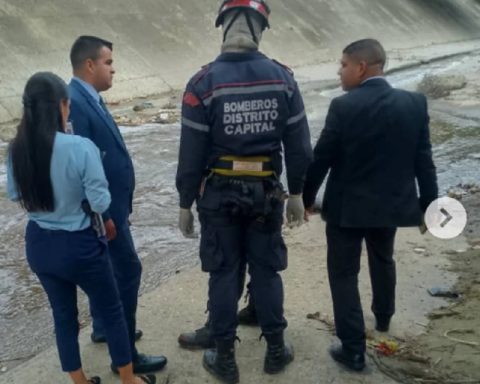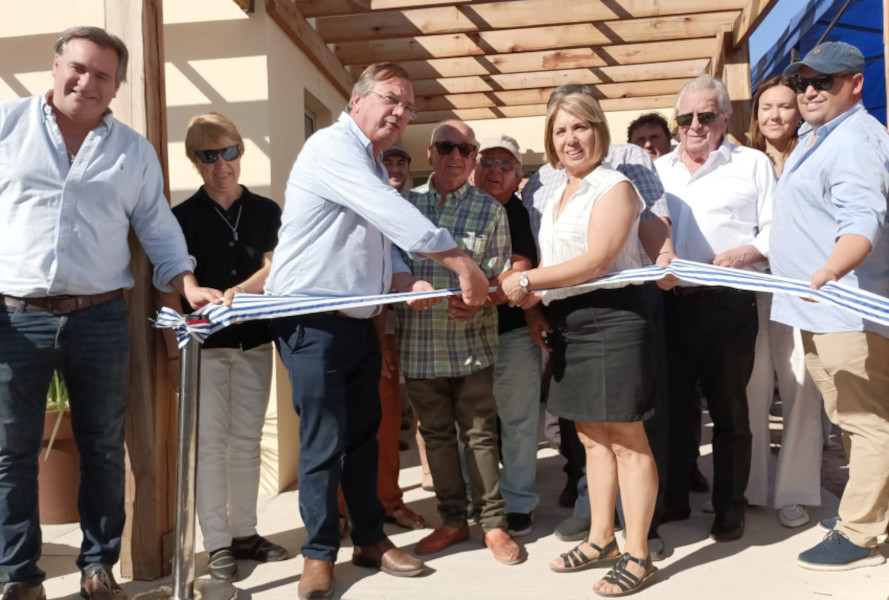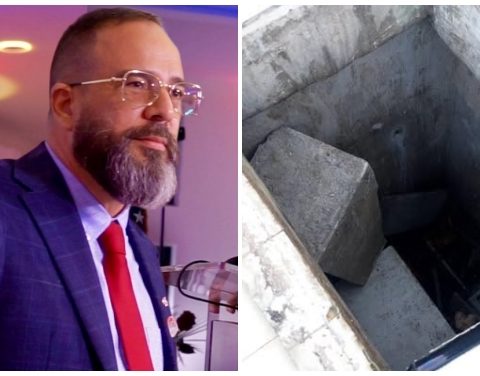Experts from the National Academy of Engineering and Habitat recommend that authorities maintain effective risk management, both for monitoring the containment dams in Lake Maracaibo, as well as for the management of lake, river and rain waters. , and the maintenance in optimal conditions of the network of drainage channels
The National Academy of Engineering and Habitat warns about the vulnerability of the protection dikes built on the Eastern Coast of Lake Maracaibo, a region that includes the towns of Cabimas, Tía Juana, Ciudad Ojeda, Lagunillas and Bachaquero, and which is responsible for between 65% to 70% of national oil production. Through a statement they warn of a disaster risk of significant magnitude, in the eventual case of collapse of the sections of this protection system.
The Academy explained in the public document that the extraction of crude oil in the Maracaibo oil basin has caused a phenomenon called subsidence. which is characterized by a progressive subsidence of the land. This effect forced, in 1932, to begin the project and construction of a protection system made up of earth containment dams, duly designed, in order to prevent flooding situations in the areas occupied by the population and by oil activity. .
Currently, the oil installations and large inhabited areas are located about 5 to 6 meters below the level of the lake, covering an approximate area of 11,300 hectares and with a population of around 100,000 inhabitants. For these reasons, the Academy points out, it is extremely important to follow up and monitor the existing containment dams for their corresponding geometric and technical modifications.
«The effect of subsidence has manifested itself with the presence of cracks on the surface, tensions in the joints of the plates that make up the oil storage tanks, unevenness and jumps in the retaining walls built around these tanks, vertical displacements of up to 20 centimeters in the tank farms, evidence of horizontal displacements and deformations in the indicated tanks with ovalization of their cylindrical shape, and has generally modified the natural drainage pattern,” the Academy stated in the statement.
Likewise, they note that there have been gas emanations and explosions and mud volcanoes, up to eight meters high.
They highlighted that due to its characteristics, subsidence and its effects constitute a problem of high geological and geotechnical complexity. From a regional geological point of view, the coast of Lake Maracaibo is controlled by geological faults, mainly by the Icotea fault, “in whose trace displacements of the order of 10 meters have been estimated in the last 1,000 years, and by the Pueblo Viejo also classified as active, whose eventual permanent deformations of coseismic origin could affect the integrity of the COLM protection dike system.
From the geotechnical point of view, in addition to monitoring the land subsidence process, it is necessary to analyze and guarantee the stability of the dikes under static and seismic conditions, consider the presence of dispersive clays susceptible to erosive processes, the existence of diatomites susceptible to sudden settlements, and evaluate the potential liquefaction of the subsoil in the event of an earthquake.
«The disastrous consequences of the eventual rupture of sectors of the coastal dikes, which would imply large human and economic losses, and when considering reliable information that the installed seismological network has not been active for about 15
years, and that the dike monitoring system is inoperative, have motivated the National Academy of Engineering and Habitat to prepare this declaration.
In this sense, experts consider it essential, among other activities, to maintain effective risk management, both for monitoring the behavior of containment dams and for the management of lake, river and rainwater, and the maintenance in optimal conditions of the network of drainage channels. Such management must be aimed at identifying natural, anthropogenic and electromechanical threats, analyzing vulnerabilities, quantifying the implementation of new protection measures, establishing acceptable risk levels and defining action strategies, all in order to anticipate the occurrence of events and propose measures. mitigation measures adjusted to the individual characteristics of each area (Tía Juana, Lagunillas and Bachaquero).
The Academy called on the Management of Petroleum Dams and Drains of Venezuela (PDVSA) and all organizations with jurisdiction in the matter, regarding the need to inform all inhabitants of the area about the actions that have been taken. to date with the corresponding results and those activities that are in full development, including the programming of new actions aimed at minimizing the risks of the area that, due to its characteristics, should be classified as highly vulnerable.
«The National Academy of Engineering and Habitat ratifies its willingness to assist in whatever is appropriate for the implementation of the proposed recommendations, and reiterates its willingness to collaborate, broadly and disinterestedly, with the authorities and other sectors of the country, in the definition and formulation of public policies, plans and proposals for the benefit of the general progress of Venezuela.
*Read also: Hydrometeorological engineer Valdemar Andrade said that the drains must be resized
Post Views: 118
















